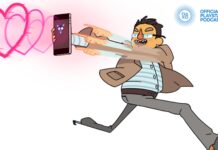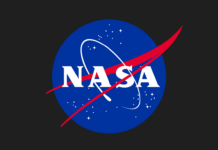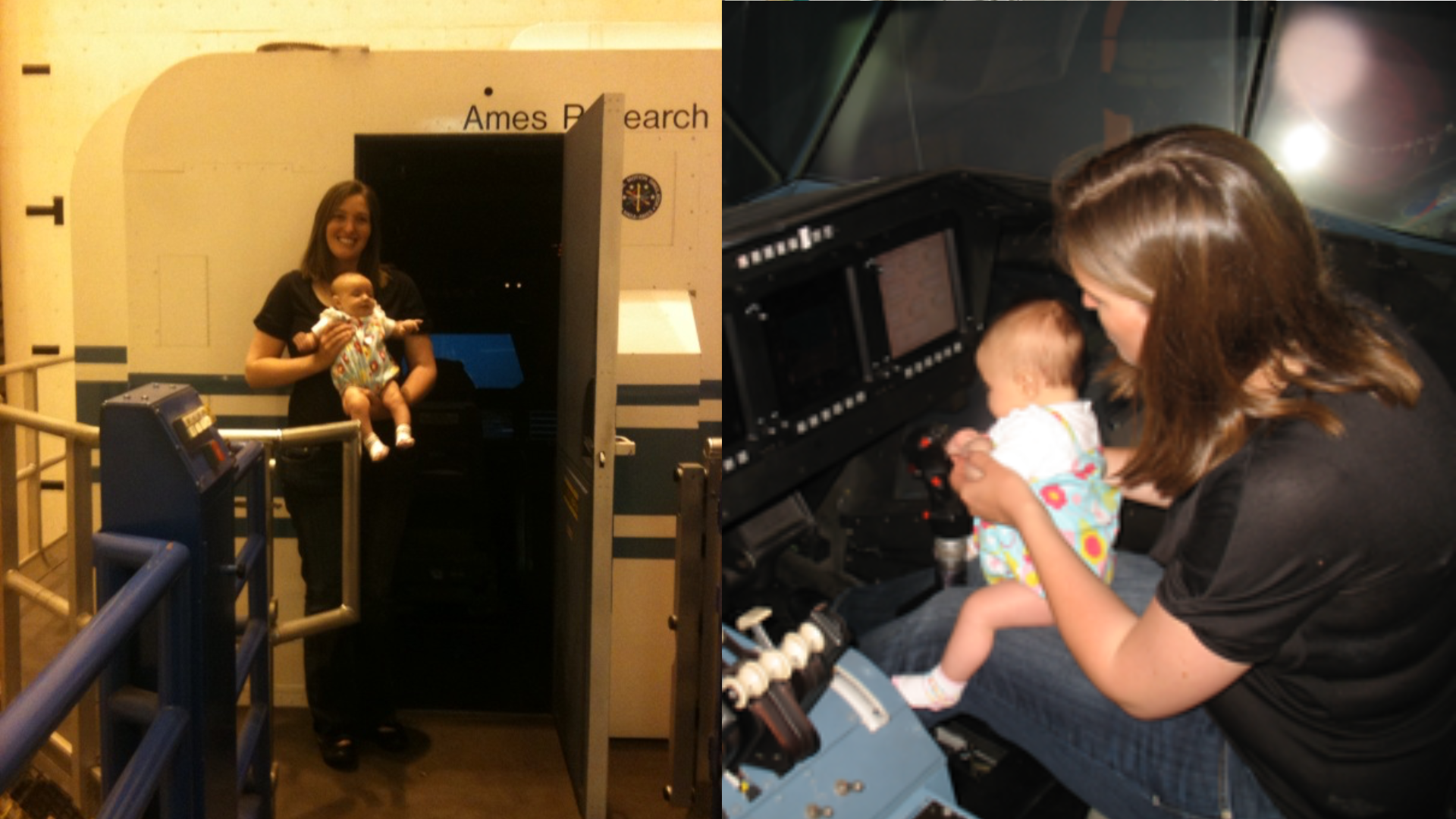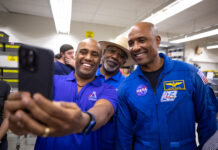Engineering is a vast and dynamic field that influences countless aspects of our daily lives, from the design of cutting-edge aircraft to the development of ergonomic solutions that enhance our comfort and productivity. Engineers play a pivotal role in crafting, examining, and refining the technology that surrounds us. To delve deeper into the world of engineering, we spoke with three accomplished engineers from NASA’s Ames Research Center, located in the heart of California’s Silicon Valley. These professionals generously shared insights from their careers, including the challenges they faced early on and their current experiences as practicing engineers.
### Diana Acosta: Pioneering Aircraft Simulation
Diana Acosta has dedicated 17 years to NASA and currently serves as the Chief of the Aerospace Simulation and Development Branch at the Ames Research Center. Her journey into the world of engineering was marked by significant achievements and personal milestones. Reflecting on her early career, Diana recalls her involvement in developing simulations for new aircraft designed to operate with higher efficiency and on shorter runways. Her team focused on creating innovative control techniques and introducing new algorithms to enhance pilot safety.
The process involved building models, conducting tests, and making iterative changes to improve the designs. Diana was able to run these simulations using a laptop-based simulator, while also utilizing a lab environment equipped with a pilot seat and controls to test her work. She set a personal goal to complete her modeling or control tasks each week and integrate them into the lab setup for testing.
Every Friday afternoon, Diana would fly the simulated aircraft, evaluating the changes she had implemented to determine their effectiveness. The ultimate goal was to integrate these simulations into the Vertical Motion Simulator at Ames, a sophisticated system used for training all the original space shuttle pilots. This allowed for comprehensive motion testing with a group of pilots to gather valuable feedback.
During one crucial simulation period, Diana was on maternity leave. Her team had to proceed without her, but she occasionally visited the lab with her newborn daughter in tow, bringing homemade brownies to show her support. Today, Diana is a proud mother of two daughters, both of whom have experienced the thrill of simulators from a young age.
### Savvy Verma: Overcoming Gender Challenges in Engineering
With an impressive 22-year tenure at NASA, Savvy Verma serves as an aerospace engineer at the Ames Research Center. Her career journey highlights the challenges faced by women in engineering, particularly in male-dominated settings. Savvy recounts being the only woman in a group of men when she began her career, often finding it difficult to make her voice heard.
Fortunately, Savvy had supportive mentors who encouraged her to speak up and assert herself. These mentors, both male and female, played a crucial role in bolstering her confidence and establishing her credibility. They stood by her during important meetings and presentations, validating her insights and reinforcing her professional standing. This support helped Savvy gain confidence and reinforced her belief that she was on the right path.
Over time, the gender dynamics at NASA have evolved, and Savvy now works in a more balanced team where women are well-represented. Her experiences underscore the importance of mentorship and the positive impact it can have on an engineer’s career, particularly for women navigating traditionally male-dominated spaces.
### Dorcas Kaweesa: Embracing Continuous Learning in Engineering
Dorcas Kaweesa, a mechanical engineer and structures analyst at NASA’s Ames Research Center, has been with the organization for over two years. Her career trajectory emphasizes the importance of adaptability, perseverance, and a commitment to lifelong learning in the field of engineering.
Dorcas frequently encounters people who assume she excels at math because of her engineering background. She candidly admits that she works diligently to hone her mathematical skills. In engineering, applying mathematical concepts to solve complex problems is a daily reality, and each challenge is unique. For those who struggle with math, Dorcas advises maintaining a passion for learning and viewing mistakes as valuable opportunities for growth. She encourages aspiring engineers to practice consistently and to challenge themselves beyond immediate obstacles.
Throughout her education and career, Dorcas sought assistance from instructors, peers, and mentors to overcome difficulties in math and engineering courses. She emphasizes that learning is an ongoing process, and she continually acquires new knowledge to tackle the tasks at hand. Her message to those struggling with math concepts is simple: persistence, practice, and a willingness to accept challenges will lead to steady progress.
### Conclusion
The experiences shared by Diana Acosta, Savvy Verma, and Dorcas Kaweesa offer a glimpse into the diverse and dynamic world of engineering at NASA’s Ames Research Center. These engineers serve as inspiring examples of how dedication, mentorship, and a commitment to continuous learning can lead to successful and fulfilling careers. Their stories highlight the evolving landscape of engineering, where diversity and innovation are key drivers of progress.
For those considering a career in engineering, these insights provide valuable guidance on navigating challenges, leveraging mentorship, and maintaining a lifelong passion for learning. As the field continues to evolve, engineers will remain at the forefront of innovation, shaping the technologies and solutions that define our future. For more information, you can refer to the original NASA website or explore additional resources to learn more about the exciting opportunities within the field of engineering.
For more Information, Refer to this article.






























